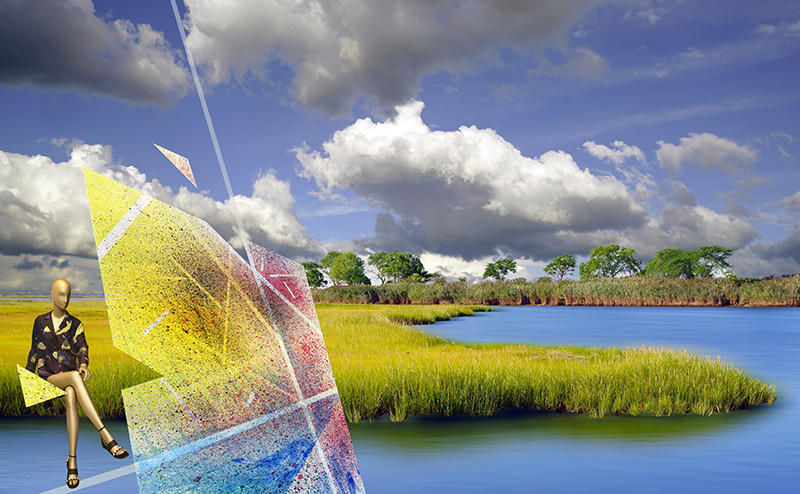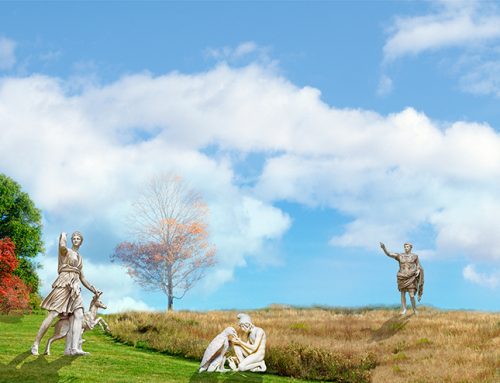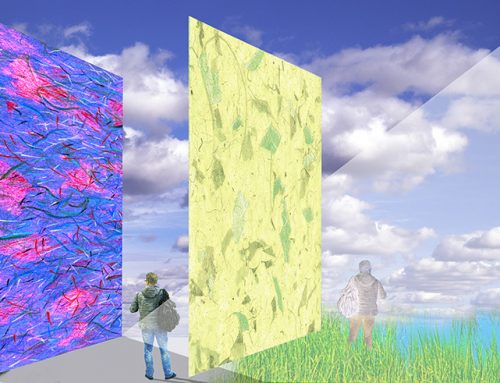Dystopia Utopia duality
Dystopia according to Wikipedia is a community or society that is undesirable or frightening. And it is translated as “not-good place”, an antonym of utopia, a term that was coined by Sir Thomas More and figures as the title of his best-known work, “Utopia”, published 1516, as a blueprint for an ideal society with minimal crime, violence, and poverty. Furthermore, as the Dystopian concept indicates: nothing is perfect in our world. This is because it is actually a Utopian society in which things have gone wrong.
Utopia, on the other hand, is a perfect world. Also, in Utopias, there are no wars, diseases, poverty or oppression. Since its’ inception, the word has come to mean a place that we can only dream about, a true paradise. Utopia, writers have written about Utopias for centuries. Among others are the biblical Garden of Eden in Genesis and Plato’s Republic.
The duality enigma
The relationship between Dystopia and Utopia is clear. They are separate realities that represent the “duality” of our world. This duality has been described over and over again in many science fiction novels, in literature and movies. And it is also a very popular subject in the visual arts.
The most intriguing painting portraying the Utopia-Dystopia duality is “The Garden of Earthly Delights” by Hieronymus Bosch. This is a triptych. The left panel of the painting depicts the Garden of Eden which equals Utopia. Opposite to that is the right panel which depicts hell. Therefore the left panel is a Dystopia. And the middle panel depicts people engaging in the strange and extravagant behavior. This describes the transition from Utopia to Dystopia. Or what I see as a state of flux between the two. When the outer panels are in the closed position, we see a round glass sphere, our world. An excellent article on the subject was found on Google at “Shrapnel Contemporary”
Bosch’s painting was painted during a period marked by a religious decline in Europe. The work has often been interpreted as an admonition against fleshly and worldly indulgence, but there is little agreement as to the meaning of the work. It is not clear why Bosch imagined the world in this manner. In my view, there is, however, a clear correlation to modern science fiction literature.
Hieronymus Bosch (1450 – 1516) was an important Dutch painter of the 16th century. His work is known for its fantastic imagery, detailed landscapes, and illustrations of religious concepts and narratives. He is considered the granddaddy of the surrealism movement. Bosch’s “Garden of Earthly Delights” is the equivalent middle ages artwork of our contemporary science fiction literary and visual artworks.
The Dystopia series
Artist Statement: The series explores a “duality” that exists between Dystopia and Utopia. The questions I seek to answer: Do we currently live in a state of Dystopia? And if so, is this state becoming worse? Or do we live in a Utopia, a state that is actually improving?
My Dystopias depicts the flux between two worlds. The main concept of Dystopia is: the world is bad, and someone wants to change it. The Dystopia series portray a vision for a bright future in our world, a mutation from a Dystopia, into Utopia. The main character is a solo traveler, a Dystopian protagonist who feels trapped and is struggling to escape. The traveler metaphorically speaking represents humanity, and an evolving society moving forward. There are barriers in the traveler’s path. But the barriers are slowly disintegrating. And the traveler passes through. This perceived disintegration allows the creation or re-creation of Utopia. In due process, ecology is being disturbed. Climate changes occur. More and more wars are being fought. But despite the bruises, the world survives and remains intact. And the future is bright.
Epilogue
The artworks engage with the duality between Utopia and Dystopia. The Dystopias express deep concerns about society and humanity. Utopia’s role is a critical and visionary vessel for the hope of a better society. The series was created in an attempt to visualize a better world. You can read about another artwork, “Jacob’s ladder”, similarly inspired by the Dystopia Utopia duality concept in the Blog article HERE.






